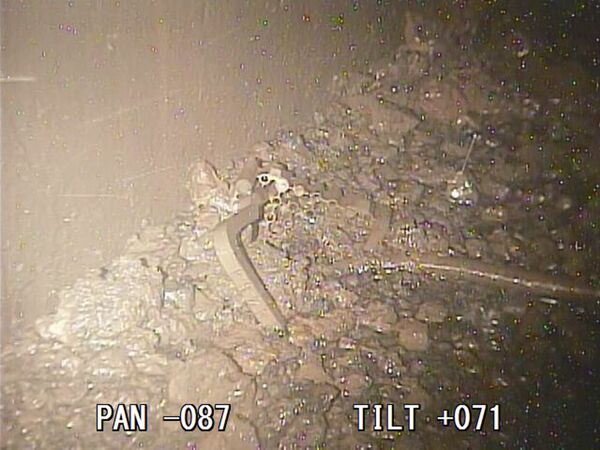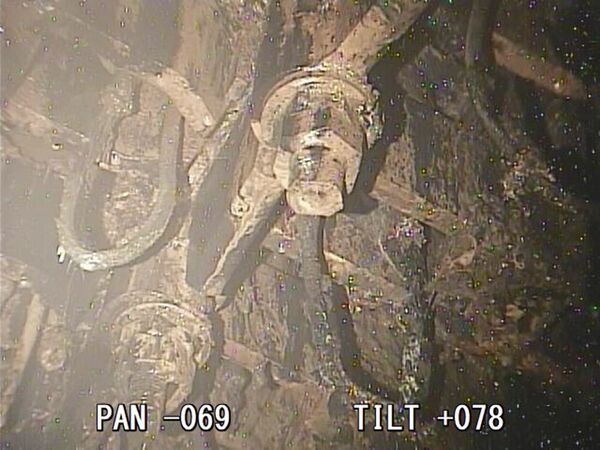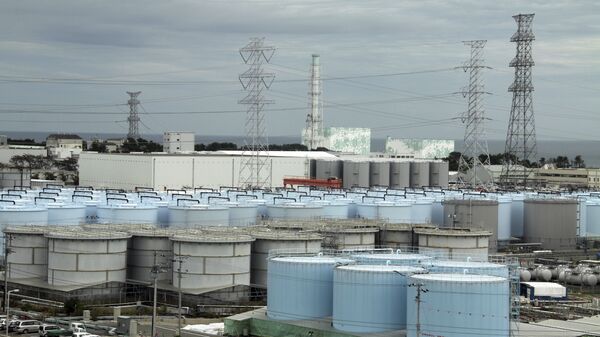Tokyo Electric Power Co (TEPCO), the operator of destroyed Fukushima nuclear power plant, late Friday published fresh images from inside a damaged reactor, the AFP news agency reported Saturday.
Images captured by a special camera installed on a robotic probe, showed broken metal parts, debris and rubble, including fragments that may contain melted nuclear fuel.

The operation, carried out in one of the facility's three destroyed reactors, is a part of the company's efforts to dismantle the tsunami-hit plant, while locating fuel debris is a key priority of the process.

Due to high radiation levels, TEPCO has been struggling to inspect the reactors since 2011, but succeeded last year, publishing similar images of the No. 3 reactor.
"The success in taking the latest pictures was another milestone for our decommissioning process," the company's spokesman told AFP, adding that TEPCO planned to begin removing the debris in 2021.
READ MORE: Japanese Regulator Advocates Releasing Toxic Water Into Sea at Fukushima
The Fukushima Daiichi nuclear disaster occurred in March 2011, when the plant was hit by a 46-foot tsunami triggered by a 9.0-magnitude offshore earthquake, crippling the facility’s cooling system and resulting in the leakage of radioactive materials, hydrogen-air explosions and eventually the plant’s shutdown. The accident is regarded as the world’s worst nuclear disaster since Chernobyl in 1986.


